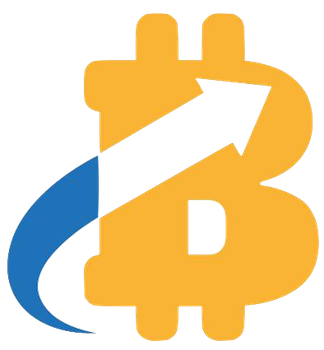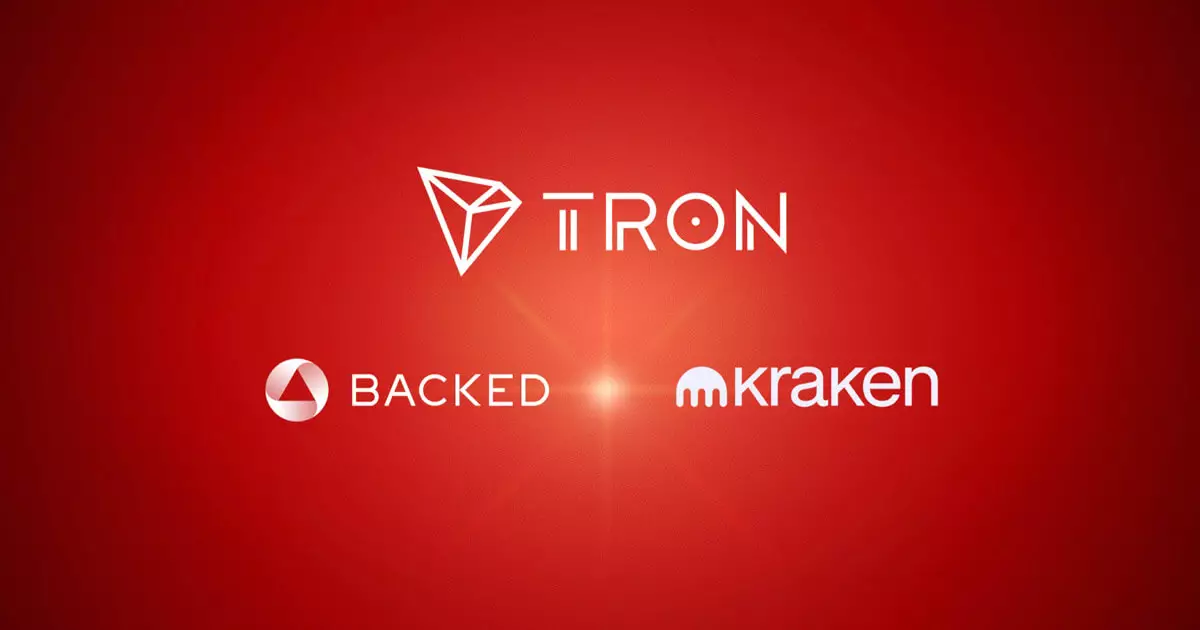The recent buzz surrounding the integration of tokenized equities—such as xStocks on the TRON blockchain—paints a picture of a revolutionary progression toward a more accessible, borderless financial universe. However, this optimistic narrative often glosses over the deep-seated issues and inherent risks that threaten its legitimacy. While proponents present blockchain-based tokenization as the pinnacle of democratized finance, the reality is far messier. For all its promises of transparency, efficiency, and inclusivity, the infrastructure remains tethered to a web of technological complexities, regulatory uncertainties, and geopolitical barriers that could undermine its foundational goals.
This hype-driven portrayal tends to obscure the fact that traditional markets are heavily regulated and deeply entrenched in legal frameworks designed to protect investors. Shifting equities onto a blockchain doesn’t automatically erase these legal structures; it merely attempts to bypass them. The assumption that tokenized assets inherently democratize market access overlooks the technical literacy gap, financial literacy deficits, and the ongoing challenge of ensuring consumer protection on decentralized platforms. Are we genuinely moving toward a more open equity market, or merely creating an illusion of access within a largely untested environment?
The Illusion of Openness: Who Truly Benefits?
The rhetoric around tokenized equities emphasizes their permissionless and borderless nature. Yet, beneath this veneer lies a paradox. By aligning with established blockchain giants like TRON, with their extensive user bases and scalable infrastructure, a subtle but significant consolidation occurs. This infrastructure largely benefits those already embedded within the crypto ecosystem—tech-savvy investors and institutional players—rather than genuinely opening doors for the so-called “excluded” masses.
Moreover, the geographic restrictions mentioned—many tokens are not available in the U.S. or to U.S. persons—highlight the ongoing regulatory tightrope. While the global reach of TRON and similar networks promises inclusivity, regulatory compliance often reins in this potential, creating a double standard. Who really gains from these developments? The multinational corporations and the crypto early adopters who have the resources and knowledge to navigate this cluttered landscape stand to benefit far more than retail investors in emerging markets, who often find themselves better served by traditional channels.
Technical and Regulatory Pitfalls: Gates of Illusion
Tokenization relies heavily on complex blockchain protocols, smart contracts, and on-chain verification systems—all of which are not immune to vulnerabilities. Despite claims of 1:1 backing and transparency, these assurances are contingent on the security of underlying systems. High-profile hacks, code exploits, or mismanagement could easily compromise these assets, leaving investors exposed to losses that are difficult to recover or even prosecute.
Additionally, the regulatory environment remains a significant wildcard. As governments globally wrestle with how to classify and oversee security tokens and digital assets, regulatory crackdowns or ambiguities could suddenly render these assets worthless or unlawful. This uncertainty ultimately threatens the perceived stability and legitimacy of tokenized equities as a truly compliant financial product.
The Socioeconomic Impact: A Mirage of Inclusivity
Laboring under a narrative that tokenized equities will democratically empower investors worldwide invites skepticism. While mobile apps and low transaction costs might seem to reduce barriers, they do little to combat the entrenched socioeconomic inequities that prevent large swathes of the global population from accessing any form of formal equity markets. Limited financial literacy, language barriers, and lack of trust in new financial mechanisms create formidable hurdles.
Furthermore, the focus on technology-centric solutions risks alienating those without reliable internet access or sufficient digital skills. Promoting a future where “anyone” can access tokenized equities thus often ignores the digital divide—an issue that persists in both developed and developing nations. Without significant efforts to address these underlying disparities, tokenized assets risk merely reshaping existing inequalities rather than resolving them.
The Ripple Effect on Traditional Markets and Future Prospects
Traditionally regulated markets provide mechanisms—such as court enforcement, investor protection schemes, and transparency mandates—that have been tested over decades. When equities are translated into blockchain tokens, these protections become less tangible and harder to enforce. The optimistic vision of a seamless, permissionless, and borderless trading universe neglects the necessity of conventional legal safeguards that sustain market integrity.
Looking ahead, the allure of combining blockchain’s innovation with traditional securities might be compelling for a select few, but it remains fraught with danger. Foregoing prudent regulation in favor of unproven technological promises risks a repeat of past crises—only on a different stage. Until the ecosystem matures with comprehensive oversight and technological resilience, tokenized equities should be viewed not as a panacea but as a potential Pandora’s box that could destabilize global financial stability.
While the integration of tokenized equities into blockchain ecosystems appears to herald a new era of democratized and efficient finance, a more critical perspective exposes considerable flaws. These innovations, driven by powerful corporate interests and technological ambitions, often resemble a double-edged sword—promising emancipation but capable of entrenching new forms of inequality, risk, and instability. As skeptics, we must scrutinize whether these developments truly serve the broader public interest or merely advance a narrow agenda cloaked in technological allure.



















Leave a Reply